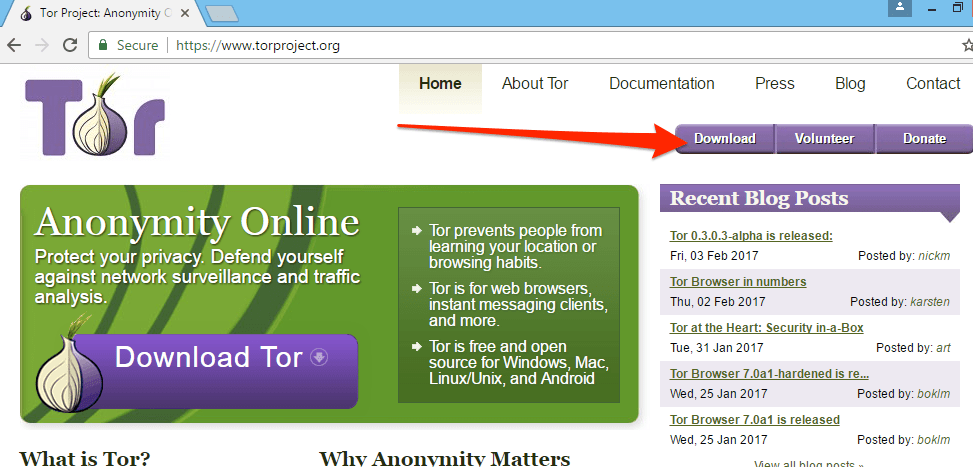
the aforementioned iOS devices) won’t talk SOCKS. Once that’s done, you’ll have a SOCKS proxy up and running that’ll route anything it gets through Tor. If this is a network server, you may want to enable an external proxy on your network as well (for example, I have an always on Raspberry Pi running a tor proxy for all the various iOS devices on my home network). Tor comes with a SOCKS proxy, so enable support by editing /etc/tor/torrc and uncomment the line: SocksPort 9050

On Debian based systems, apt-get install tor. The first step is to install Tor not the browser, but the software the browser talks to in order to make it’s connection. So, as a matter of due diligence, I wanted to ensure that when my ISP’s surveillance database was inevitably hacked, the information the Russian Mafia got was of limited use. In the UK, the passage of the disastrous #IPBill places everyone under suspicionless surveillance, and I have client confidentiality to consider. This article discusses going one step further, and routing all traffic through Tor via the use of a HTTP proxy.

Most people use Tor via the Tor Browser, which simplifies setup, and I encourage you to use that where you can. A VPN also offers the same service, if you’re not familiar with the tool, you can read about the VPN meaning here. Tor (which stands for The Onion Router), is a powerful anonymity service originally developed by the US Navy, which helps protect citizens around the world from abuse and monitoring.


 0 kommentar(er)
0 kommentar(er)
